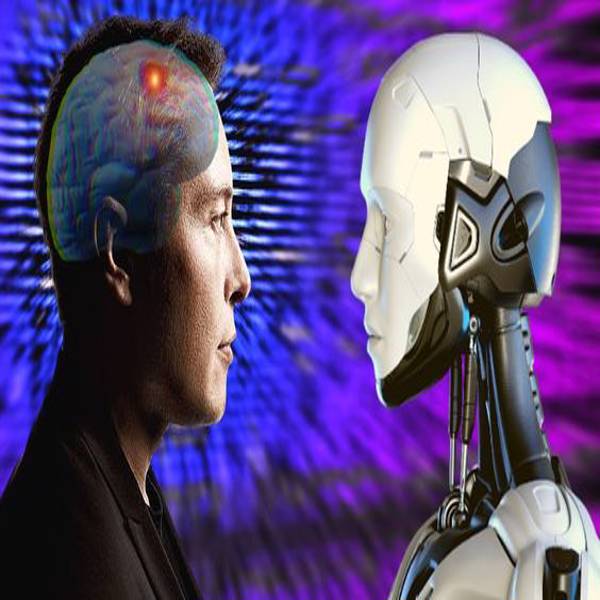Elon Musk is supercharging the future of AI with a new supercomputer for his company, xAI.
Elon Musk’s AI company, xAI, is building a powerful supercomputer to improve their chatbot Grok. This machine will be crucial for running the next version of Grok.
According to Musk, the supercomputer should be ready by fall 2025. Elon Musk hinted at a possible collaboration with Oracle to build this supercomputer, but neither company has confirmed it yet.
The machine will be made up of Nvidia’s most powerful GPUs (H100) linked together. Notably, this supercomputer will be a giant leap in processing power, exceeding current GPU clusters by at least four times, according to Musk.
Elon Musk’s decision to use Nvidia’s H100 GPUs is a big deal. These are the hottest chips in the AI data center world right now. They’re in high demand because they’re super powerful, but that also makes them hard to get.
By choosing H100s, Musk is tapping into the best tech available and highlighting Nvidia’s leadership in this field. Elon Musk started xAI in 2023 to challenge big names in AI, like Google’s DeepMind and OpenAI (backed by Microsoft). This is interesting because Musk actually co-founded OpenAI himself! It seems he has a new vision for the future of AI.
Also read : WWDC buzz! Apple might unveil AI emoji creation for iOS 18.
Just this year, Elon Musk said it took a whopping 20,000 Nvidia H100 GPUs to train the current Grok AI model. Buckle up, because that number is expected to skyrocket for future versions. Musk anticipates needing a mind-blowing 100,000 H100 chips for Grok 3 and beyond. This dramatic jump in processing power hints at Musk’s ambitious goal of building ever-more-powerful AI systems.
Moreover, There’s good news for Elon Musk’s other company, Neuralink. They got the green light from the FDA to start testing their brain-computer interface in humans! This tech uses microchips implanted in the brain to directly connect with computers. Imagine controlling devices with your thoughts! That’s the goal. In monkeys, these chips successfully read brain signals and beamed them wirelessly.
Neuralink’s mission is to help people with paralysis, blindness, and other disabilities by giving them better control over technology. While safety concerns and technical hurdles exist, their vision of boosting human ability through brain-computer interfaces is exciting.



